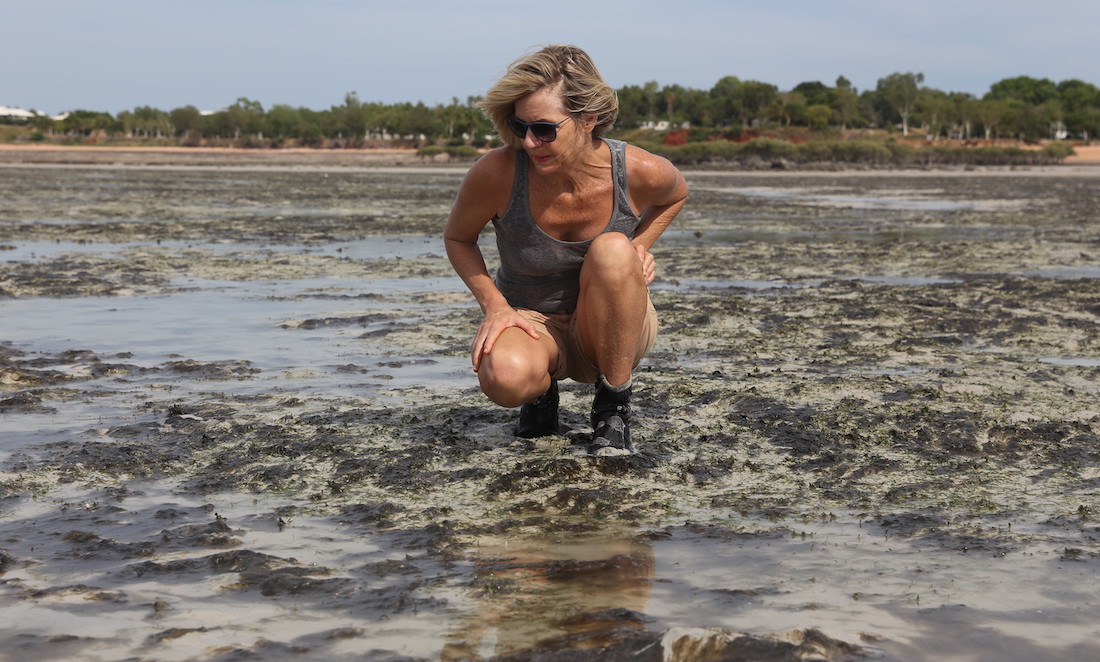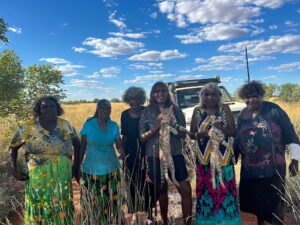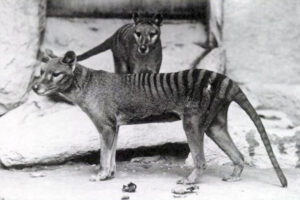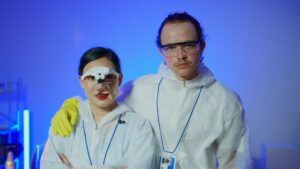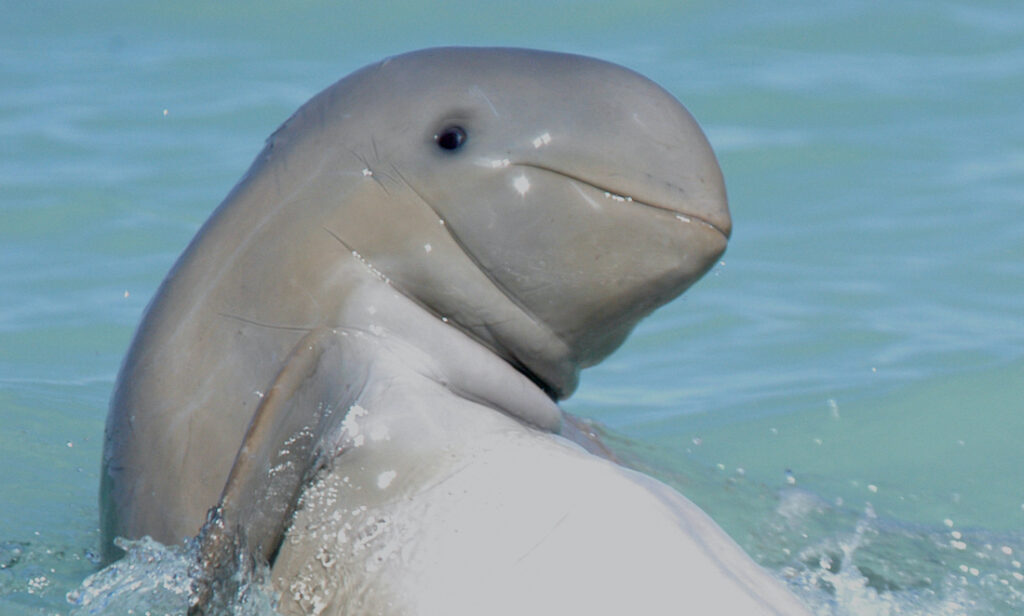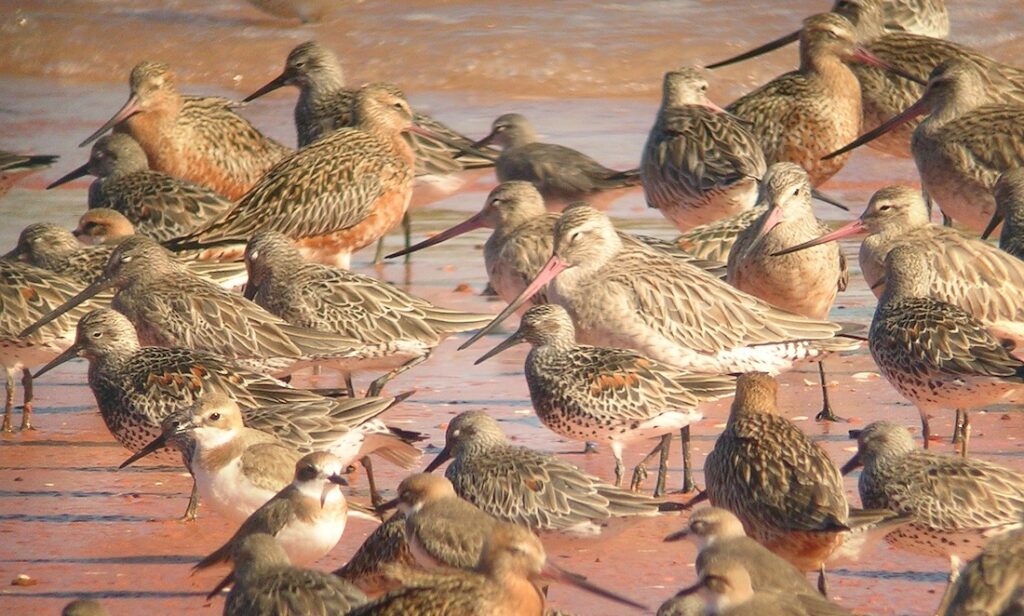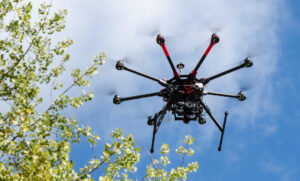If you’ve ever sat on the foreshore and watched Broome’s iconic Staircase to the Moon on the glistening mudflats, then you know Roebuck Bay.
“Roebuck Bay is extraordinarily beautiful, with its calm, blue waters fringed by blood orange coastal cliffs ,” says local Kandy Curran.
The bay’s waters are frequented by thousands of shorebirds that migrate from Roebuck Bay to the northern hemisphere each year.
Roebuck Bay is an international Ramsar site and is on the National Heritage List – thanks to the largest assemblage of dinosaur trackways in the world on its coastline.
At certain times of the year, the bay’s 8 to 10-metre tides can expose kilometres of mudflats.
It’s one of the most biodiverse places on the planet.
“It’s got three species of nearshore dolphins – including the rare Australian snubfin dolphin,” Kandy says.
“There are the invertebrates in the intertidal mudflats and extensive seagrass meadows and mangroves.”
Passionate advocates
Kandy is the acting project manager of Roebuck Bay Working Group, a 35-strong collective who have been advocating for the bay since 2004.
The working group is made up of Yawuru Traditional Owners, scientists and passionate community members.
There are also representatives from government agencies and industry, including Shell and the Kimberley Port Authority.
Kandy says the group started in 2004 to develop management plans for the bay.
“At that stage, Roebuck Bay was without management and any significant protection,” she says.
“So that was the ambitious task which formed the group.”
The working group recently won the 2019 State & Territory Virgin Coastcare Award. This recognised their 14-year campaign to prevent algal bloom-causing nutrients from entering Roebuck Bay.

To support their cause, they run a Science on the Broome Coast series and an annual Mud and Saltwater Short Film Fest, both funded by Inspiring Australia.
Movies in paradise
Kandy, who is also the film fest director, says the festival trains people to make films showcasing Roebuck Bay, Broome and the Kimberley.
The films are screened in two sell-out nights at Broome’s Sun Pictures, the world’s oldest operating picture garden.
“The quality of the films gets better and better each year, and the audience absolutely love it,” Kandy says.
“It’s a novel way to engage the community. It gives them a way to tell stories about how they connect to their country, to Roebuck Bay and the Kimberley region.”
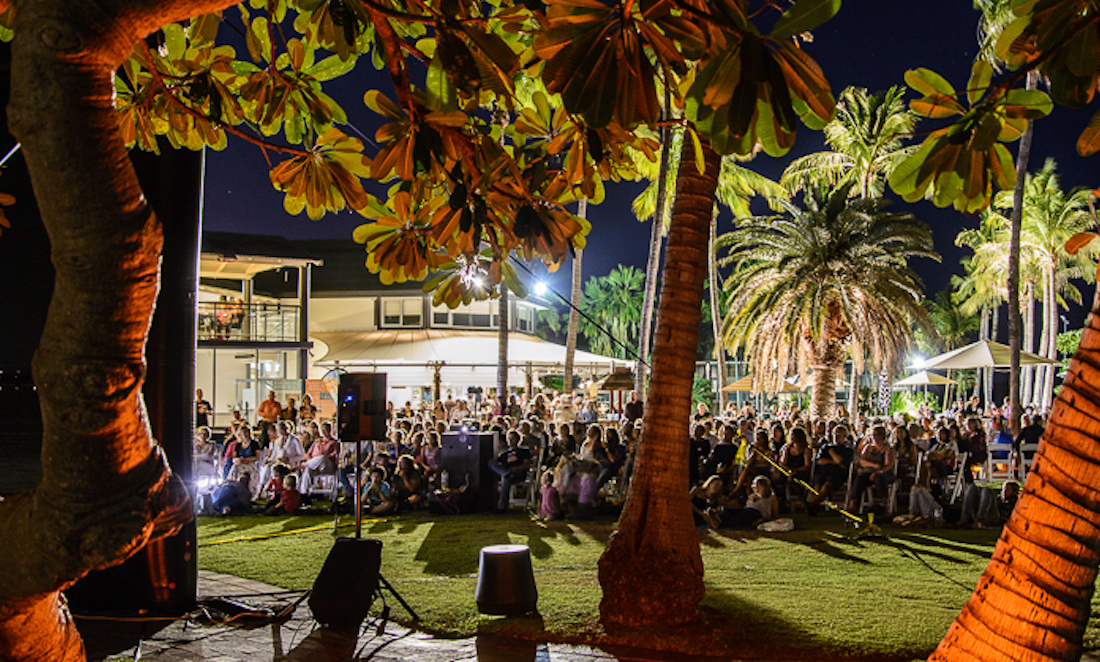
This year, the festival featured 26 short films, with entrants ranging from first-time filmmakers to professionals.
A group for your town
Thinking of starting a similar group?
Kandy says it’s important to work closely with Traditional Owners from whoa to go.
“There’s a wealth of knowledge that Traditional Owners have because they’ve been managing this country for thousands of years,” she says.
She also advises to always use the science and be informed about any environmental issue you want to improve.
“Then work collaboratively, honestly and respectfully with agencies, industry and the wider community,” she says.
“Be unrelenting, be passionate and don’t give up – people will respect you for it.”
Finally, bring the community along.
“If you don’t educate your community in the process … then it’s only a short-term project,” she says.
“These projects need longevity to achieve the outcomes you are aiming for.”
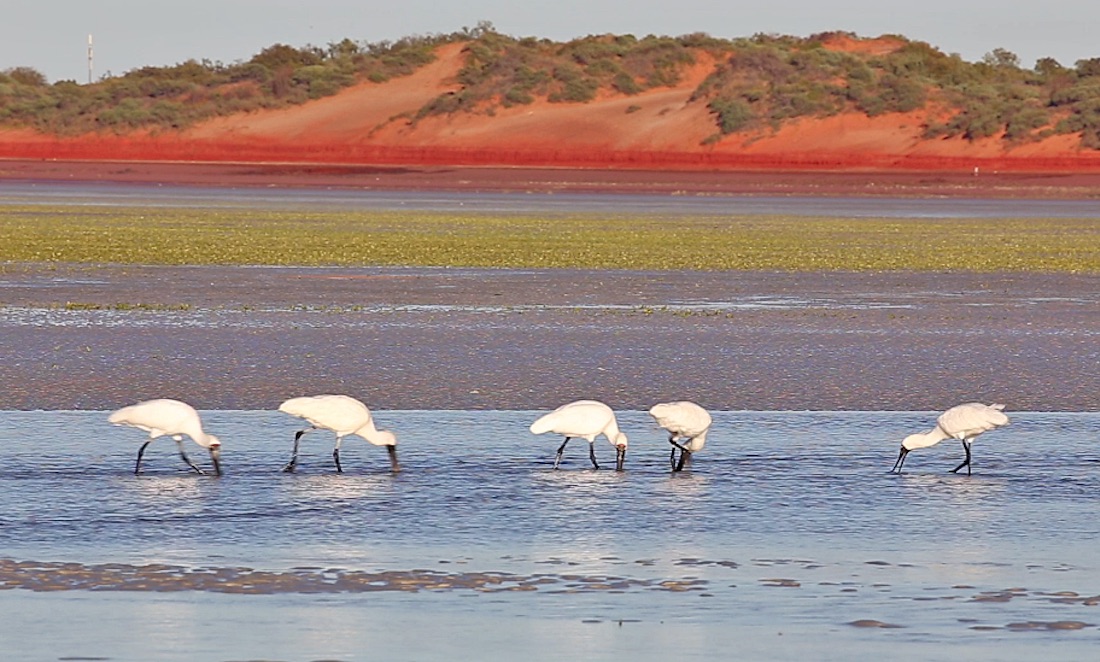
The Roebuck Bay Working Group is now in the running for a 2020 National Coastcare Award.



